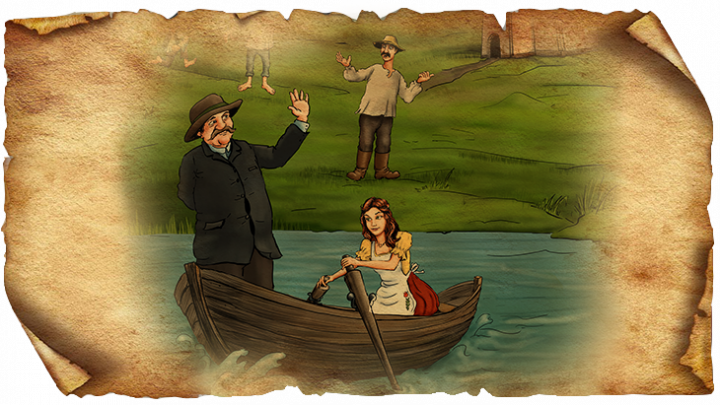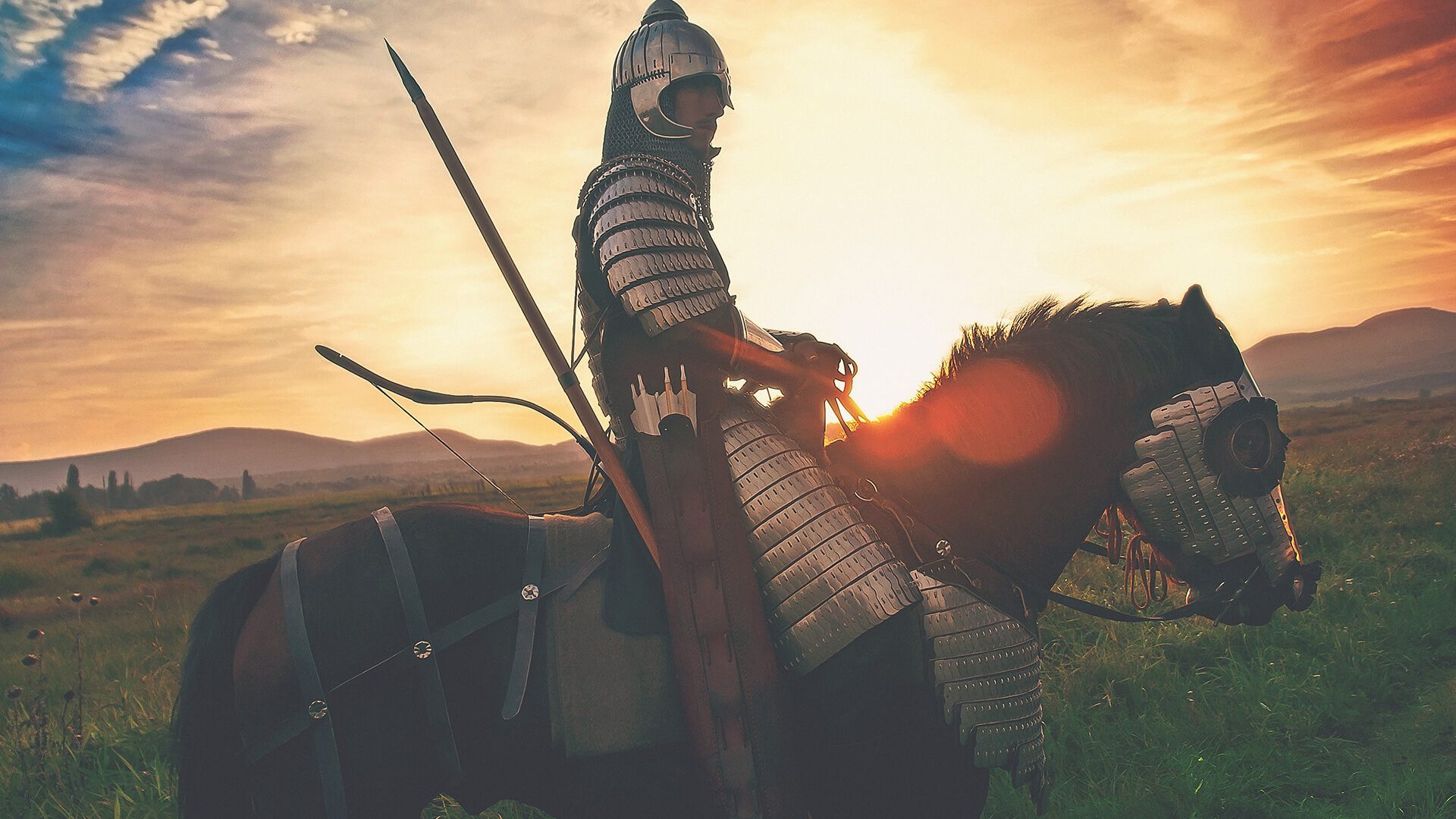Punishment from God - Culpiu

One of the most beautiful small settlements of Mezőség / Câmpia Transilvaniei lies near Nagyerdő / Great Forest. Balázs Orbán wrote about it: "this village lies in such a beautiful valley surrounded by mountains that will impress everyone, but especially the native people: the village is surrounded by beautiful, green forests worthy of the name Great Forest, as it is undoubtedly the largest and the most beautiful woodland in the region of Mezőség / Câmpia Transilvaniei”.
The abyss near the settlement is considered by the people to be the result of a divine blow that hit a shepherd. The shepherd was grazing his sheep in the land of others during a long rain, until the farmers kept their animals in the sheepfold and stables. God saw this, and punished the shepherd: the land fell under the flock, and the shepherd and the sheep became victims of the depth. According to the legend, they are still in the depths of the abyss in Mezőség / Câmpia Transilvaniei.
The village lies only 14 kilometers north-west of Târgu-Mureş, in the immediate vicinity of the Korhány Mountain. It is also easily accessible to tourists. It belongs administratively to Mezőcsávás / Ceuașu de Câmpie, which is just ten kilometers away. Forests, fields, picturesque hills and a small lake close to the Komlód Valley make this place even more beautiful. There is a nice view of the surrounding area from the highlands next to the village - on the Borsos Hill was a castle centuries ago, according to tradition, there was a battle at the place called of Vérpad for the possession of the castle. The name of the mountain suggests that Tamás Borsos, the honoured diplomat of Gábor Bethlen prince - who built the castle in Târgu-Mureş - possessed this place.
In Kölpény, the Szekler aristocratic Kuun family also had a mansion house, which was demolished in 1912. According to historical data, the nearby Bocsok forest was donated by the Prince Bocskai István himself in 1605 to the eleven Bishop's warriors exceling in the Battle of Edelény; however, the letter is not kept in Kölpény, but in the archives of the chapter in Gyulafehérvár / Alba Iulia.
The medieval church of Kölpény still stands today, being one of the sights of the settlement: the small church was built of natural stone, and in 1708 it underwent major transformations, there is a wooden tower next to it. In the Middle Ages, the Catholic population converted completely to Unitarian religion after the Reformation, and then returned to the Reformed religion.
The village can be a real home to the lovers of the folk dance: one of the most important parts of the famous folk dance of Mezőség region is the dance group in Kölpény, although it is possible to learn it from less and less people in the village. A famous native of Mezőkölpény is the dancer Teréz Szabó, who was granted the title of Master of Folk Art in August 2013.
Besides the borders of the village, it is also worth exploring the surrounding hills: there is a small fish pond between the highlands and we find an inn in the middle of the Lake Kölpény. However, roaming between the steep hills and small valleys, we should be careful, not like the shepherd grazing his sheep on the land of others.
The abyss near the settlement is considered by the people to be the result of a divine blow that hit a shepherd. The shepherd was grazing his sheep in the land of others during a long rain, until the farmers kept their animals in the sheepfold and stables. God saw this, and punished the shepherd: the land fell under the flock, and the shepherd and the sheep became victims of the depth. According to the legend, they are still in the depths of the abyss in Mezőség / Câmpia Transilvaniei.
The village lies only 14 kilometers north-west of Târgu-Mureş, in the immediate vicinity of the Korhány Mountain. It is also easily accessible to tourists. It belongs administratively to Mezőcsávás / Ceuașu de Câmpie, which is just ten kilometers away. Forests, fields, picturesque hills and a small lake close to the Komlód Valley make this place even more beautiful. There is a nice view of the surrounding area from the highlands next to the village - on the Borsos Hill was a castle centuries ago, according to tradition, there was a battle at the place called of Vérpad for the possession of the castle. The name of the mountain suggests that Tamás Borsos, the honoured diplomat of Gábor Bethlen prince - who built the castle in Târgu-Mureş - possessed this place.
In Kölpény, the Szekler aristocratic Kuun family also had a mansion house, which was demolished in 1912. According to historical data, the nearby Bocsok forest was donated by the Prince Bocskai István himself in 1605 to the eleven Bishop's warriors exceling in the Battle of Edelény; however, the letter is not kept in Kölpény, but in the archives of the chapter in Gyulafehérvár / Alba Iulia.
The medieval church of Kölpény still stands today, being one of the sights of the settlement: the small church was built of natural stone, and in 1708 it underwent major transformations, there is a wooden tower next to it. In the Middle Ages, the Catholic population converted completely to Unitarian religion after the Reformation, and then returned to the Reformed religion.
The village can be a real home to the lovers of the folk dance: one of the most important parts of the famous folk dance of Mezőség region is the dance group in Kölpény, although it is possible to learn it from less and less people in the village. A famous native of Mezőkölpény is the dancer Teréz Szabó, who was granted the title of Master of Folk Art in August 2013.
Besides the borders of the village, it is also worth exploring the surrounding hills: there is a small fish pond between the highlands and we find an inn in the middle of the Lake Kölpény. However, roaming between the steep hills and small valleys, we should be careful, not like the shepherd grazing his sheep on the land of others.
